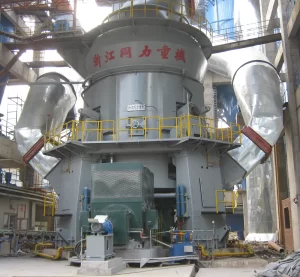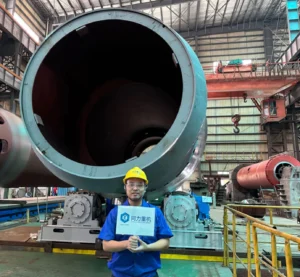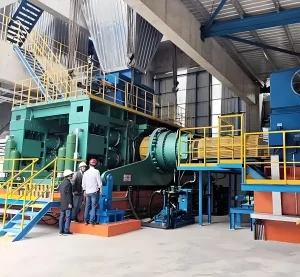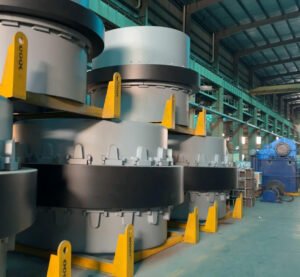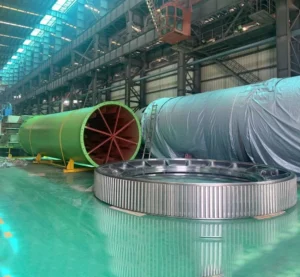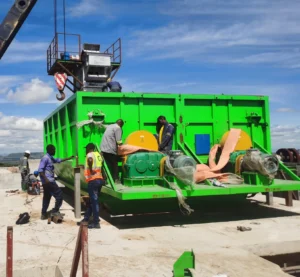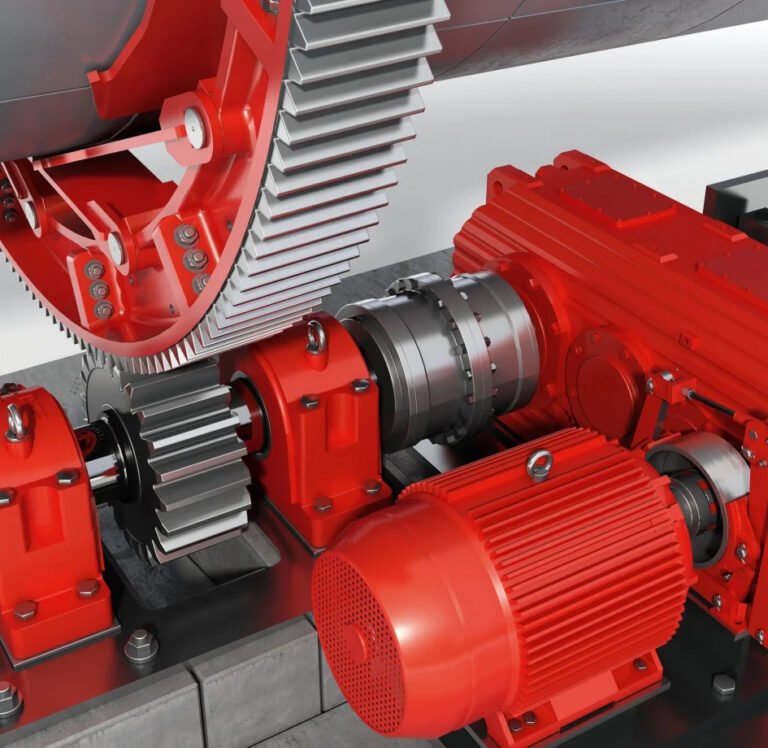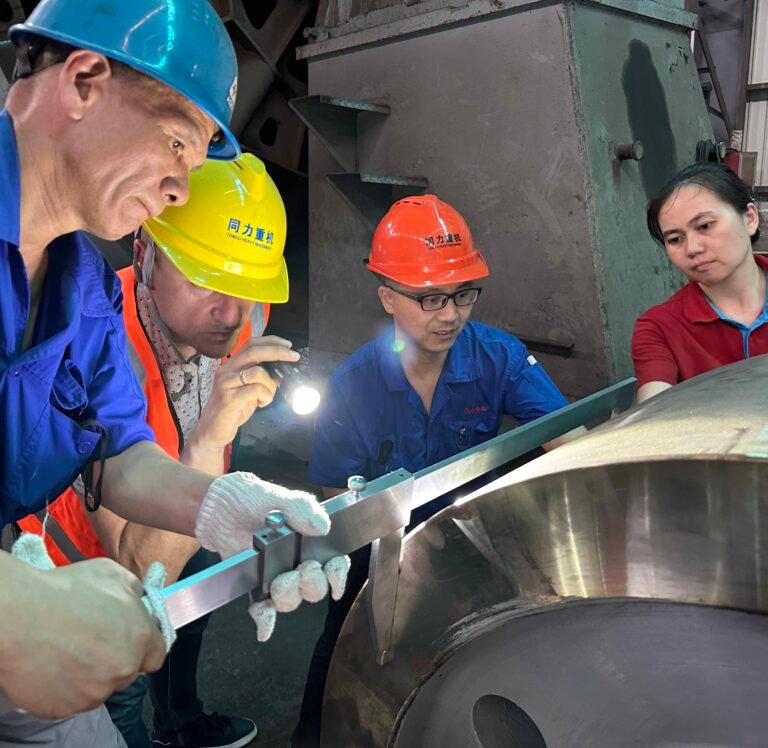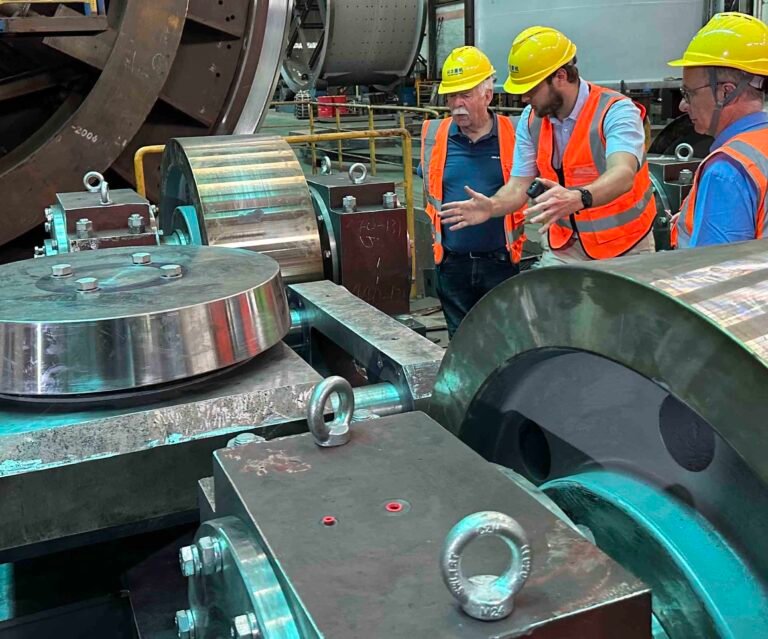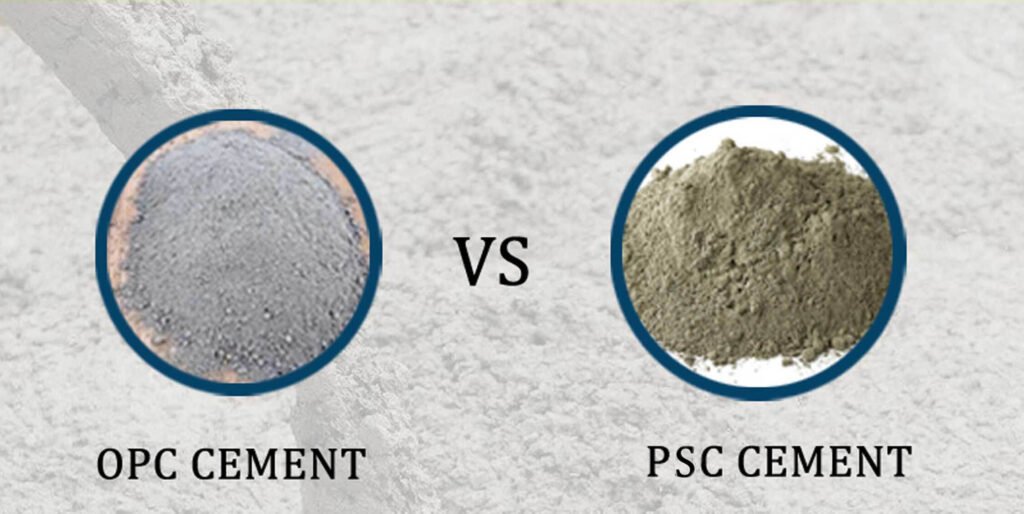
Portland cement (OPC) and Portland slag cement (PSC) are the two most commonly used types of cement in construction. PSC, due to the incorporation of slag, offers advantages such as low heat of hydration, strong chemical resistance, and high late-stage strength, making it particularly suitable for large-volume concrete and harsh environments. OPC, on the other hand, sets and hardens rapidly and offers high early-stage strength, making it particularly advantageous for conventional structures and emergency projects. The correct choice of cement type is crucial for project durability and economic efficiency. The choice of cement type is a key factor in determining the structural integrity, durability, and lifespan of any construction project. Different types of cement have varying chemical compositions and physical properties, which affect their performance under varying environmental conditions and load requirements. The most commonly used cement types are ordinary Portland cement (OPC) and Portland slag cement (PSC). These cements possess unique properties that make them suitable for specific applications. This article analyzes the differences between the two types in raw material composition, production process, hydration mechanism, physical properties, durability, and application scenarios .
Core Definitions and Foundations
OPC (Ordinary Portland Cement)
Ordinary Portland cement (OPC) is the cement of choice for most projects. Its classic combination of lime, silica, and alumina makes it versatile. It rapidly gains strength through a hydration process, typically requiring approximately 28 days to reach full strength. OPC typically contains 95% clinker and sufficient additives to aid setting. OPC is a hydraulic cementitious material made from limestone and clay as primary raw materials, with calcium silicate (usually dominated by C₃S and C₂S) calcined at high temperatures. An appropriate amount of gypsum is then added and ground together.
PSC (Portland Slag Cement)
Portland slag cement (PSC) contains a mixture of Portland cement and blast furnace slag. It often shines when durability and sustainability are high on your list. Composed of 25% to 70% slag, PSC is well-suited for structures exposed to corrosive environments. During the OPC clinker grinding process, a defined proportion (typically 20%-70%, with 25%-65% being common) of blast furnace slag (granulated blast furnace slag, GGBFS/GGBS) is added, along with an appropriate amount of gypsum, to create a hydraulic binder. The alkaline environment activates the slag's activity, allowing it to participate in hydration reactions.
The main difference in ingredients
PSC and OPC may look similar at first glance, but their components are different. Let's break them down.
Raw materials used
PSC slag is mixed with clinker to great effect. You can get 25% to 70% blast furnace slag mixed with Portland cement. This slag increases durability and makes it expand like a precious pumpkin.
OPC is a classic. It consists of approximately 95% clinker, mixed with lime, silica, and alumina, providing a straightforward mix for rapid strength development. No frills here!
Chemical properties
PSC offers low permeability and resistance to corrosive environments. Its chemical composition makes it less susceptible to shrinkage and cracking. Studies have shown that it can reduce heat of hydration, lowering the risk of thermal cracking by up to 50%.
While OPC is the preferred choice of many, it dries quickly, reaching full strength in approximately 28 days. However, it does not resist sulfate attack as well as PSC, leaving your project vulnerable to attack in harsh conditions.
Performance Comparison
Strength and durability
PSC outperforms OPC in terms of long-term durability. Its slag content ranges from 25% to 70%, allowing it to perform under harsh conditions. It's like that friend showing up to your workout with a smoothie and some killer weights. Studies have shown that PSC can reduce hot cracking by up to 50% (source: IS 455:1989). Imagine having a building material that actively resists shrinkage and cracking.
OPC gains strength quickly but is not your go-to for rainstorms. It reaches maximum strength in 28 days but can succumb to sulfate attack, especially in humid conditions.
Differences in raw materials and production processes

| characteristic | OPC (Ordinary Portland Cement) | PSC (Portland Slag Cement) |
| Main raw materials | Limestone, clay, correction materials (such as iron powder) | OPC clinker + granulated blast furnace slag (GGBFS/GGBS) + gypsum |
| Key components | Mainly clinker (tricalcium silicate C3S, dicalcium silicate C2S, etc.) | Clinker + high proportion of slag |
| Production process | Raw material preparation → calcination (~1450°C) → clinker cooling → grinding with gypsum | Clinker + dry slag + gypsum → Vertical roller mill grinding together according to proportion |
| Core Features | Depends on the hydration activity of the clinker itself | Utilize the alkali generated by clinker hydration to stimulate the potential activity of slag and synergize the gelation |
OPC (Ordinary Portland Cement) Made?
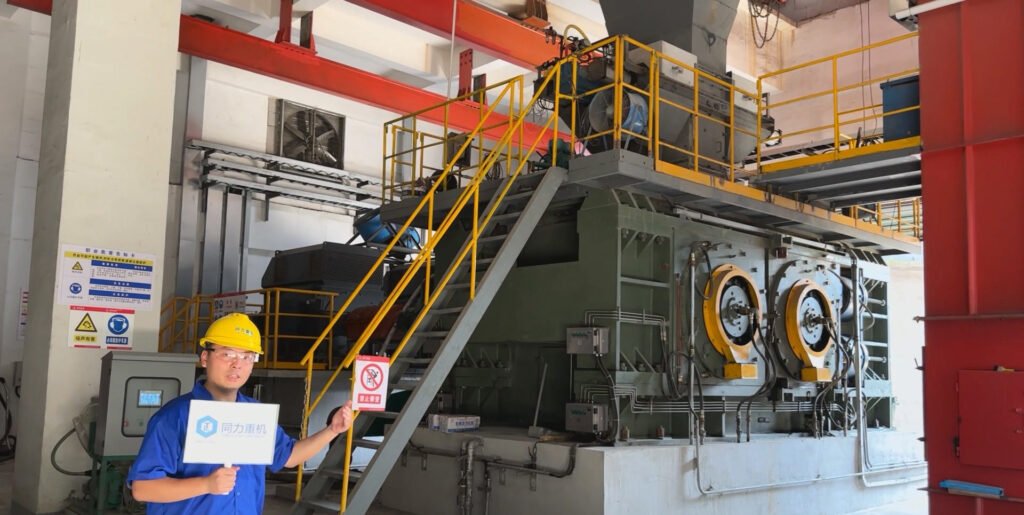
The manufacture of OPCs is a complex process involving several key steps:
- 1. Mining: The raw materials, primarily limestone and clay, are extracted from quarries. The chemical properties of these materials determine the strength and durability of cement.
- 2. Crushing and mixing: The extracted materials are crushed into smaller particles and mixed in precise proportions. This mixing is essential to obtain the desired chemical composition.
- 3. Rotary kiln heating: The mixture is heated in a rotary kiln to temperatures as high as 1450°C (2642°F). This high temperature triggers a series of chemical reactions that ultimately form clinker.
- 4. Clinker Cooling and Grinding: After the clinker is formed, it is cooled and ground by cement ball mill into a fine powder. Gypsum is added during this grinding process to control the setting time of the final product and ensure that it does not harden too quickly.
PSC (Portland Slag Cement) Made?
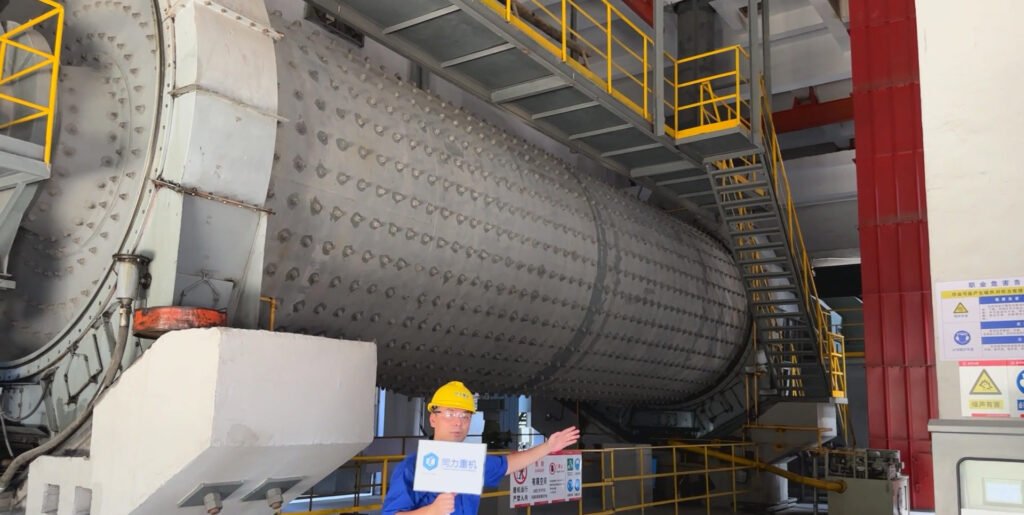
The manufacturing process of Portland Slag Cement (PSC) includes the following steps:
- 1. Obtaining granulated blast furnace slag: Granulated blast furnace slag is a by-product of the steel industry. During the ironmaking process, blast furnaces produce molten slag, which is then rapidly quenched with water or air to form granulated slag.
- 2. Drying and Grinding: The granulated slag is then dried to remove its moisture content. After drying, it is finely ground into a powder. The grinding process ensures that the slag particles reach the desired fineness, which helps improve the overall properties of the cement.
- 3. Proportioning and Blending: In this step, Portland cement clinker, gypsum, and slag are proportioned and mixed together. The precise proportions of these materials are carefully controlled to achieve the desired properties of the final cement product. The addition of slag helps improve the performance and sustainability of cement.
- 4. Fine Grinding: The mixture of Portland cement clinker, gypsum and slag is further finely ground to by VRM cement mill to achieve the required fineness. The grinding process enhances the reactivity of the cement particles and ensures that the slag is evenly distributed throughout the cement matrix.
- 5. Packaged and ready for use: Once the grinding process is complete, the final product, Portland slag cement, is packed into bags or stored in silos. It is then ready to be transported and used in construction projects.
The manufacturing process of Portland slag cement involves careful selection of raw materials, precise control of proportions, and grinding to achieve the required fineness. The use of granulated blast furnace slag as a supplementary cementitious material increases the sustainability and performance of the final product.
Differences in production processes
The production processes of OPC and PSC cements have some differences in some steps due to their unique composition and materials used in their manufacturing , as follows:
OPC cement
- It is composed of 96% clinker and 4% gypsum, with small amounts of other additives.
- It is made by heating limestone and clay in a rotary kiln to form clinker, which is then ground and gypsum is added to control the setting time.
- Known for its high early strength and fast setting time, making it suitable for structures requiring rapid load application.
PSC cement
- It is made by mixing 45%-50% clinker with 45%-50% slag and 3%-5% gypsum.
- It involves the initial production of clinker, which is then mixed with ground blast furnace slag (GGBS) and a small amount of gypsum.
- It offers better long-term strength, improved workability and lower heat generation, making it suitable for structures exposed to corrosive environments.
Comparison of hydration process and mechanism
OPC hydration
The reaction primarily relies on the reaction of clinker minerals (C3S, C2S, C3A, C4AF) with water to produce calcium silicate hydrate (CSH gel, the main source of strength), calcium hydroxide (CH or Ca(OH)₂), ettringite (AFt), etc. The reaction is fast, with a significant exotherm in the early stages.
PSC hydration
It is a two-step collaborative process:
- OPC clinker is first hydrated to produce calcium hydroxide (CH) and alkali, forming an alkaline environment.
- Slag is activated: In an alkaline environment, the active silicon and aluminum in the slag react with the CH produced by clinker hydration to produce additional CSH gel (with a slightly different chemical composition from the CSH produced by OPC) and low-calcium hydrated calcium aluminate.
Key differences and comparisons
PSC hydration consumes a large amount of CH produced by OPC hydration, resulting in a significantly lower CH content in its final hydration product than that of OPC. The overall reaction rate is slow, especially in the early stage.
Comparison of physical and mechanical properties
| Performance indicators | OPC (Ordinary Portland Cement) | PSC (Portland Slag Cement) | Cause Analysis |
| Early strength (1-7 days) | high | Lower (especially when the slag content is high) | PSC hydration is slow and mainly relies on clinker hydration in the early stage; slag reaction is delayed. |
| Late strength (28 days and above) | high | Equivalent or higher (especially when the slag is of good quality and well cured) | The slag continuously reacts to generate more CSH, which has great potential for long-term strength development. It consumes CH and makes the structure denser. |
| Heat of hydration | High (concentrated release, high exothermic peak) | Significantly reduced (20%-60% reduction, depending on slag content) | The slag reacts slowly, and the heat release rate is low and gentle; the proportion of high heat release clinker in unit cementitious material is reduced. |
| Setting time | Relatively short | Usually slightly longer (initial and final setting may be delayed) | The early reactivity of slag is lower than that of clinker minerals. |
| Water demand | Standard water demand | Usually slightly lower or equivalent (high quality slag has water reducing effect) | Slag particles tend to be smoother and the morphological effect may improve workability. |
| Workability | good | Usually equivalent or slightly better (especially when mixed with high-quality slag) | Slag particle characteristics and potential water-reducing effect. However, higher dosages may require more water-reducing agent. |
| Water exudation | There may be | Usually lower | Finer slag particles (or increased fineness after co-grinding) help reduce bleeding. |
| Whiteness/color | Usually a darker grey | Usually lighter, possibly bluish/white | The slag itself is usually lighter in color than the clinker. |
Durability and long-term performance comparison
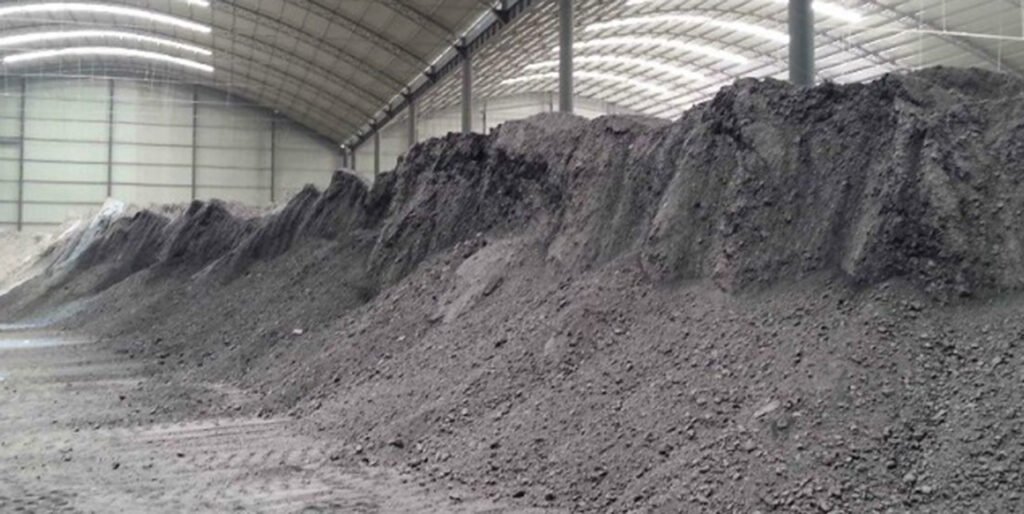
| Durability | OPC (Ordinary Portland Cement) | PSC (Portland Slag Cement) | Cause Analysis |
| Resistance to sulfate attack | medium | Significantly improved (especially high-dosage PSC, such as CEM III/B) | Consuming CH reduces the targets for corrosion reactions; lowers C3A content; and generates more stable hydration products. |
| Anti-chloride ion penetration | medium | Significantly improve (reduce diffusion coefficient) | Denser microstructure (finer pores); enhanced chloride binding capacity; caution is advised when consuming CH to lower pore fluid pH*. |
| Inhibit alkali-aggregate reaction | limited | Effectively inhibit (especially slag content> 40%) | Reduce pore fluid alkalinity; consume CH; denser structure hinders water and ion migration. |
| Resistant to seawater erosion | generally | excellent | Combines the advantages of sulfate and chloride ion resistance. |
| Resistant to soft water/acidic water corrosion | Poor (CH is easily dissolved) | better | Consume CH and reduce the amount of substances that can be dissolved; the denser structure reduces permeability. |
| Anti-carbonization | Better (high initial pore fluid alkalinity) | Relatively poor (especially in the early stage and when the slag content is high) | Consumption of CH results in low initial alkali reserves; early porosity may be slightly higher; carbonization reduces the alkalinity required for slag activation. Good curing is required to ensure later density. |
| Freeze-thaw resistance | Depends on gas content | Equivalent or slightly better (need to use air entraining agent) | A denser matrix may be beneficial, but the key is still to introduce the right amount of uniform bubbles. |
| Drying shrinkage/creep | - | Equivalent or slightly higher (data is controversial and related to ratio and age) | It may be related to the characteristics and microstructure of its hydration products. |
PSC reduces pore fluid pH, which is one factor contributing to its improved resistance to chloride penetration (reducing the corrosion driving force), but may also slightly increase the risk of rebar depassivation (if carbonation reaches the rebar). The physical barrier effect of densification generally dominates. Good concrete cover thickness and density are crucial.
Applications and advantages and disadvantages of OPC and PSC
Applications of OPC
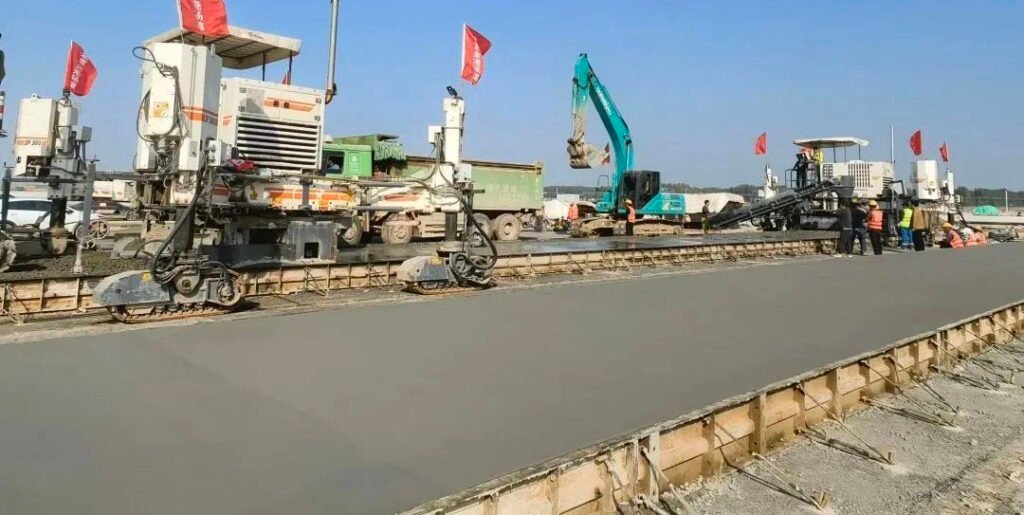
Due to its high strength and versatility, OPC is widely used in various construction projects. Some common applications include:
- Residential buildings: foundations, walls and structural elements of houses and apartments.
- Commercial buildings: office buildings, shopping malls and industrial facilities.
- Infrastructure projects: roads, bridges and tunnels.
- General construction: sidewalks, driveways, and other everyday construction needs.
Applications of PSC
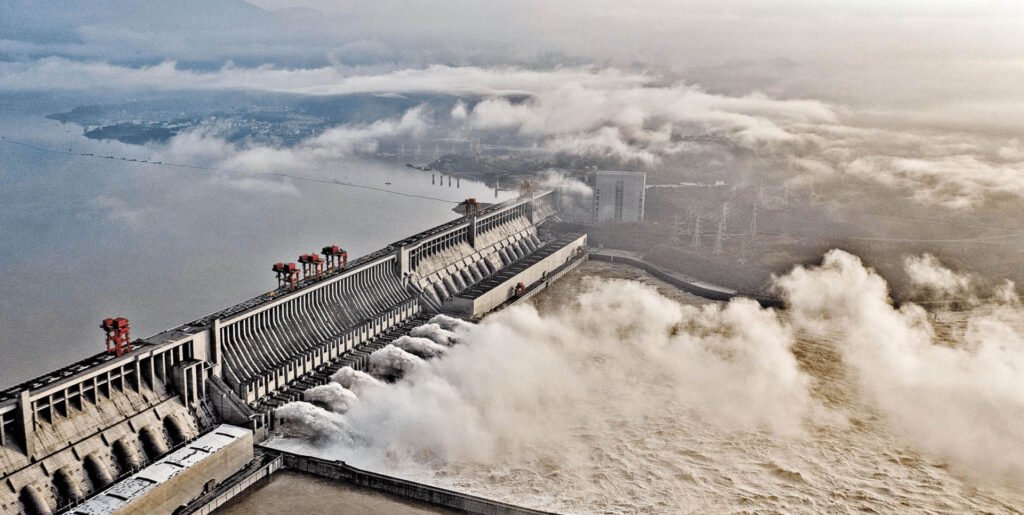
PSC is widely used in various construction projects, especially those that require high durability and strength. Some common applications include:
- Massive concrete structures: Due to its low heat of hydration and high strength, PSC is well suited for use in large concrete projects such as dams, foundations and retaining walls.
- Marine structures: PSC has excellent resistance to sulfates and chlorides and is suitable for marine structures such as seawalls, piers and ports.
- Corrosive Environments: PSC is used in wastewater treatment plants and industrial facilities where concrete is exposed to harsh chemicals and corrosive conditions.
- General Construction: It is also used in general building construction where enhanced durability is required, including residential and commercial projects.
Advantages and Disadvantages of OPC
advantage
- High Strength and Durability: OPC is able to withstand enormous loads and resist various pressures, making it ideal for structural applications.
- Fast Setting Time: OPC’s fast setting time allows for quick construction, which is beneficial for time-sensitive projects.
- Wide availability: OPC is readily available in most markets, making it a convenient choice for many construction projects.
shortcoming
- Higher heat of hydration: OPC releases a significant amount of heat during the curing process. In large concrete pours, this can lead to thermal cracking, which can compromise the integrity of the structure.
- Limited chemical resistance: Compared to other types of cement, OPC has a lower resistance to chemical attack, such as sulfate and chloride attack. This can be a limitation in certain environments, such as coastal or industrial areas.
Advantages and Disadvantages of PSCs
advantage
- High Strength and Durability: PSC offers strong and long-lasting strength, making it ideal for critical structural applications.
- Excellent resistance to chemical attack: It provides excellent protection against chemical degradation, extending the service life of the structure in harsh environments.
- Reduced Heat of Hydration: Less heat generated during hydration minimizes the risk of thermal cracking and ensures structural integrity during large pours.
shortcoming
- Slower early strength growth: PSC generally has a slower initial strength growth compared to OPC. This can be a disadvantage for projects that require rapid strength growth.
- Availability: The availability of PSC may be limited in some areas, depending on the local production of GGBS and the availability of facilities capable of producing this type of cement.
Factors affecting cement selection
Choosing the right type of cement for a construction project is a critical decision that can significantly impact the success of the project.
To ensure that the cement selected meets the specific needs of the project and the environmental conditions it will face, a number of factors need to be considered. The following are key factors that influence cement selection:
Project Requirements
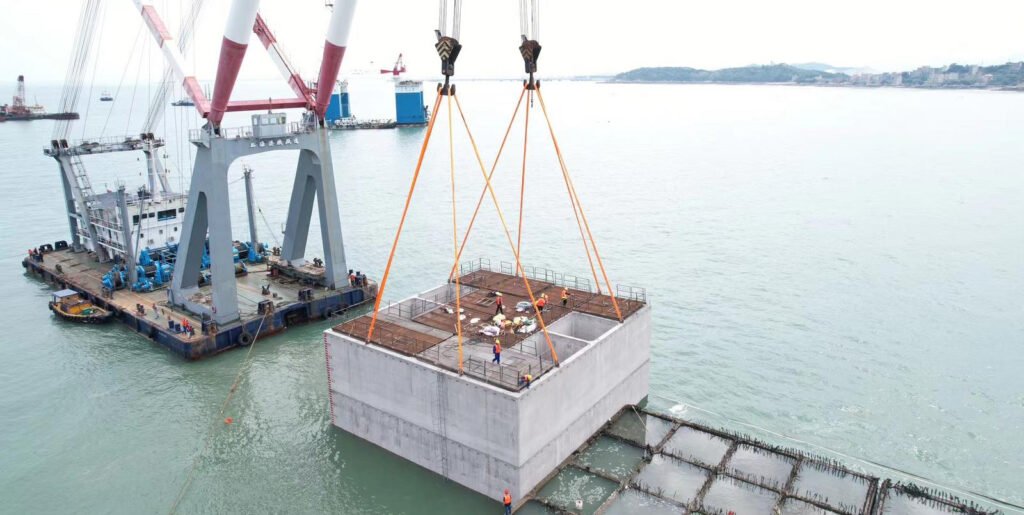
1. Strength requirements:
- The required compressive strength of concrete is one of the main considerations. Different types of cement have different strength grades.
- For high-strength applications, such as structural members in buildings or bridges, OPC is often the preferred choice due to its high compressive strength.
2. Durability requirements:
- The durability of concrete is crucial, especially in environments where it is exposed to abrasion or harsh conditions.
- PSC is known for its enhanced durability and resistance to chemical attack, making it suitable for projects requiring long-term performance.
3. Specific construction requirements:
- The unique needs of the project, such as rapid-setting cement for quick turnaround or low-heat cement for large-scale pours, will influence the choice.
- OPC is preferred for projects that require rapid solidification and high early strength, while PSC is selected for projects that require low heat of hydration to prevent thermal cracking.
Environmental conditions
1. Exposure to harsh environment:
Buildings exposed to harsh environments, such as marine areas, industrial sites, or wastewater treatment plants, require cements with strong resistance to chemical attack. PSCs are well-suited to such conditions due to their excellent resistance to sulfates, chlorides, and other chemicals.
2. Climate considerations:
The local climate is crucial to cement selection. Hot, humid climates may favor the performance of PPC, while cold climates may require a cement with specific properties to prevent cracking caused by freeze-thaw cycles. PSC's low heat of hydration can help reduce the risk of hot cracking in large concrete pours in hot climates.
3. Moisture and water exposure:
For structures that are in constant contact with water, such as dams, canals or water treatment plants, cement with high impermeability and water resistance is required.
PPC and PSC have better resistance to water penetration and are suitable for such applications.
Cost
1 Budget constraints:
- Project budgets will influence cement selection. While OPC is generally more widely available and sometimes less expensive, PSC may be more cost-effective in the long term due to its durability and reduced maintenance requirements.
- It is important to balance the initial cost with the potential savings in maintenance and longevity.
2. Cost-effectiveness:
Assessing cost-effectiveness requires considering the lifecycle cost of cement. While PSC may have a higher initial cost, it can save money over time due to its longer life and reduced maintenance needs.
FAQ
It may be weak in the early stages, but it can be compensated through measures.
PSC consumes alkaline CH, the pore fluid pH is low, and the carbonization rate may be faster. However, this can be solved by the following methods:
① Ensure adequate maintenance (more than 21 days);
② Improve the density of concrete (low water-binder ratio + high-quality water-reducing agent);
③ Increase the thickness of the protective layer (at least 5 cm).
①Consumes calcium hydroxide (CH) produced by OPC hydration, reducing the reaction targets for sulfate attack;
②Generate more stable low-calcium calcium silicate gel (CASH) with a denser structure.
PSC with high content (such as slag > 50%) is preferred.
PSC has a stronger resistance to chloride ion penetration, which can delay steel corrosion. It also has excellent resistance to sulfate attack, making it suitable for seawater and saline soil environments. OPC requires the addition of an additional preservative.
Yes, the environmental advantages are significant.
Slag, a waste product from the steel industry, can be used as a cement blending material to reduce clinker usage by 30%-50%. Clinker production accounts for 90% of the cement industry's carbon emissions (primarily from limestone decomposition). PSC has a significantly lower carbon footprint than OPC.
The activity of slag depends on the alkaline environment created by the hydration of OPC clinker, and the reaction rate is slow. The early strength is mainly dependent on the clinker, and the early strength of slag at high slag content is significantly lower than that of OPC.
Conclusion
PSC and OPC aren't simply superior or inferior; rather, they are two important cement types with complementary performance characteristics . The key to choosing between them lies in fully understanding the specific needs of the project. Therefore, engineers and builders should comprehensively consider factors such as strength development requirements, durability needs, construction conditions (temperature, curing capacity), environmental impacts, and cost, and rationally select OPC or PSC, or even other blended cements (such as fly ash cement and composite cements), to ensure the safety, durability, and economy of concrete structures. PSC, with its outstanding durability and environmental advantages, is playing an increasingly important role in modern green, high-performance concrete technology.

